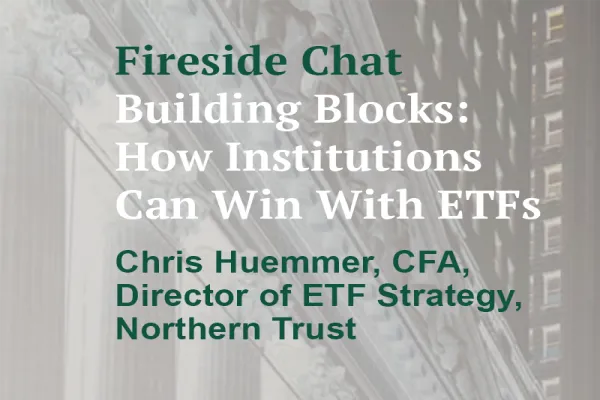U.S. merger and acquisition activity has slowed down this year amid turmoil in capital markets and heightened regulatory scrutiny of big deals. But plenty of transactions continue to be announced, and that trend will probably persist as companies try to buy their way out of slow growth, analysts say.
The volume of transactions announced this year involving U.S. targets totaled $721.4 billion as of June 30, according to Dealogic, down almost 21 percent from the same period of 2015. The number of transactions was down nearly 11 percent, to 4,753.
As for capital markets, the S&P 500 index plunged 11 percent in the first six weeks of the year, and initial public offerings came to a virtual standstill. “Any time that happens, with CEOs seeing valuations go down quickly and no one knowing the bottom, they are likely to press the pause button,” says Aly El Hamamsy, a New York–based partner who deals with M&A at law firm Cadwalader, Wickersham & Taft.
Some analysts expected the carnage in the energy sector to spark M&A activity, but potential acquisition targets are reluctant to entertain deals at today’s depressed valuation levels. “Due to ongoing market disruption, a deal today may not yield them the price they had not long ago,” says Stephen Arcano, head of M&A at New York–based law firm Skadden, Arps, Slate, Meagher & Flom.
For their part, some potential buyers are reluctant to pursue companies that have loaded up on debt.
On the regulation front, the government has put the kibosh on several mergers of big companies over concerns that the combinations would stifle competition. That includes the attempted mergers of oil service suppliers Baker Hughes and Halliburton Co. and office supply companies Office Depot and Staples. Meanwhile, the Department of the Treasury tightened rules for inversions, which involve U.S. companies arranging to be taken over by foreign businesses so they can redomicile in a lower-tax country overseas. The new regulations scuttled a $160 billion deal between pharmaceuticals giants Pfizer and Allergan, which has a headquarters in Ireland.
“There has been pretty aggressive antitrust enforcement from the Obama administration for megadeals, so volume is down,” Cadwalader’s El Hamamsy says. “Megadeals with antitrust risk are on hold until the next administration.”
In addition, investors are starting to register disapproval for mergers in general, says Bruce Falbaum, principal and senior portfolio manager at $1.6 billion Cohanzick Management in Pleasantville, New York. In the three months through May, stocks of acquiring companies fell 2.9 percent on average from two days before the announcement of a deal to two days afterward. That compares with an increase of 5 percent during the period from 2013 through the middle of 2015. There’s a change in investment sentiment away from increasing debt that’s similar to what occurred in 2010-’11, Falbaum says. Companies generally borrow money to finance an acquisition.
Falbaum and others expect M&A activity to rebound, though not to the record levels of last year, when $2.25 trillion worth of U.S. deals were announced, according to Dealogic. “In the absence of organic growth and pricing power, eventually shareholders will say, ‘What are you doing for me?’” Falbaum explains. “Companies will say, ‘I guess we have to make acquisitions.’”
From companies’ perspective, in a sluggish environment where low interest rates make deals cheap to finance, acquisitions look attractive as a revenue booster. “The easiest way to grow these days is to buy growth,” El Hamamsy says.
A continuing push from activist investors and boards of directors for companies to dump assets that no longer represent a core part of their operations is also likely to spark M&A activity, says Gavin Slader, head of technology M&A for investment bank JMP Securities in San Francisco: “There will be large-scale divestitures.” In the technology sector there are too many companies, and some will have to be sold or liquidated, Slader adds. “Sales are the preferred route.”
Given the administration’s opposition to some large mergers, transactions are likely to be smaller, something that’s already happening in industries such as pharmaceuticals, analysts say. “If you’re looking to buy a $50 billion company and that gets blocked, the chances are you will do smaller deals,” El Hamamsy observes. “Acquirers won’t run out of targets.”
After U.S. drug company AbbVie’s proposed $56 billion inversion merger with Dublin-headquartered rival Shire was terminated in 2014, AbbVie agreed to acquire San Francisco–based cancer drug start-up Stemcentrx for $5.8 billion this April.
The hesitance of some companies to engage in M&A activity will open the door for private equity players to do more buying. A total of $46.2 billion in U.S. private equity acquisitions have been announced this year through June 30, a drop from $54.1 billion in the same period of 2015 and the lowest such year-to-date volume since 2012.
So deals will continue to be made, just at a slower pace and smaller magnitude than last year. “By and large, people are moving forward with transactions, but they’re being more methodical,” Skadden Arps’s Arcano says: “The curve for transaction completions is elongated.”






